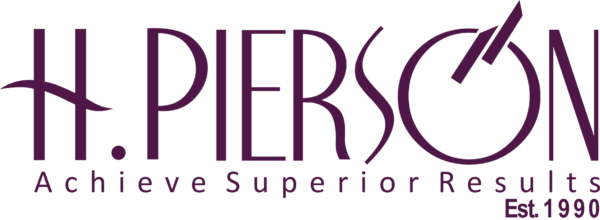Digitising Strategy Execution: Optimising Results and Impact
June 24, 2025 Strategy
Many strategies fail — not because they are flawed, but because they are not executed.
Across boardrooms and leadership teams, there is often a disconnect between strategic intent and operational delivery. The leadership retreats are energising, the goals are clear, but three months in, reality sets in: misaligned teams, missed timelines, and no structured way to track what is working and what is not.
This execution gap is not just a technical issue. It is an existential one.
In an environment of rapid change, shrinking margins, and rising stakeholder expectations, the ability to translate strategy into coordinated, real-time action has become a critical differentiator.
Bridging the Gap with Digitisation
Traditional strategy execution methods — PowerPoint plans, static spreadsheets, and quarterly reviews — are not designed for today’s speed of business. They create delays in decision-making, obscure accountability, and mask performance bottlenecks until it is too late.
Digitisation offers a better way.
By digitising strategy execution, organisations move from static oversight to dynamic control. Real-time dashboards, automated performance tracking, and integrated reporting enable leadership to monitor the status of every strategic initiative at a glance. These tools make invisible gaps visible — early and objectively.
Case in Point: Maersk
Global shipping giant Maersk provides a notable example. In response to the complexity of its transformation agenda, the company deployed a digital strategy execution platform to track hundreds of initiatives across its supply chain, finance, and operations teams.
This digitised approach enabled:
- Centralised monitoring of strategic KPIs in real time
- Cross-functional accountability across departments
- Faster issue escalation and course correction
As reported in their 2022 Annual Transformation Review, this led to a 13 percent improvement in on-time project delivery across business units – a material gain in a time-sensitive, asset-intensive industry.
Maersk’s experience illustrates a key truth: the ability to see execution clearly — and respond quickly — is now a core leadership capability.
Aligning Actions with Strategy
One of the reasons executions fail is that employees cannot see how their work fits into the bigger picture. The strategy may discuss innovation, market expansion, or cost optimization, but without a visible linkage to individual or departmental actions, these goals remain abstract.
Digitisation solves this. By cascading goals across business units and linking them to individual responsibilities, organisations build alignment and ownership.
A 2023 McKinsey study found that companies that align individual goals with enterprise strategy experience 30 to 50 percent higher initiative success rates. Moreover, teams that can visualise their impact are more engaged, agile, and collaborative.
This shift from disconnected workstreams to integrated execution is not just about productivity. It is about creating momentum.
From Reports to Rhythms
Traditional strategy execution often relies on retrospective reporting — what happened in the past month, quarter, or year. But in a fast-moving world, this is too late.
Digitised execution tools change the cadence of leadership. They provide early warnings, spotlight execution risks, and enable proactive interventions. Rather than reacting to missed targets, executives can guide performance in real time.
However, tools alone are not enough. Success requires a shift in behaviour: a new rhythm of weekly action reviews, cross-functional stand-ups, and leadership check-ins that embed execution into the daily heartbeat of the business.
At H. Pierson, we support this through our strategy execution partnership platform, which not only visualises performance but instills the governance and habits that sustain momentum.
Final Thought
Strategic clarity is not enough. Without execution discipline, ambition remains theoretical.
In a world where performance gaps widen quickly, digitising execution is not just a tool — it is a mindset shift. A shift from abstract strategy to active leadership. From lagging reviews to real-time insight. From big plans to bold delivery.
Strategy should not be a quarterly ritual. It should be a daily habit.
The future belongs to organisations that can execute with discipline, speed, and visibility.
If your strategy is worth designing, it is worth executing with discipline.
Now is the time to ask: Do we truly know how well we are executing — or are we relying on hope and hindsight?
If your team is ready to explore what that could look like, we are here to support that conversation.
H. Pierson Business Advisory


